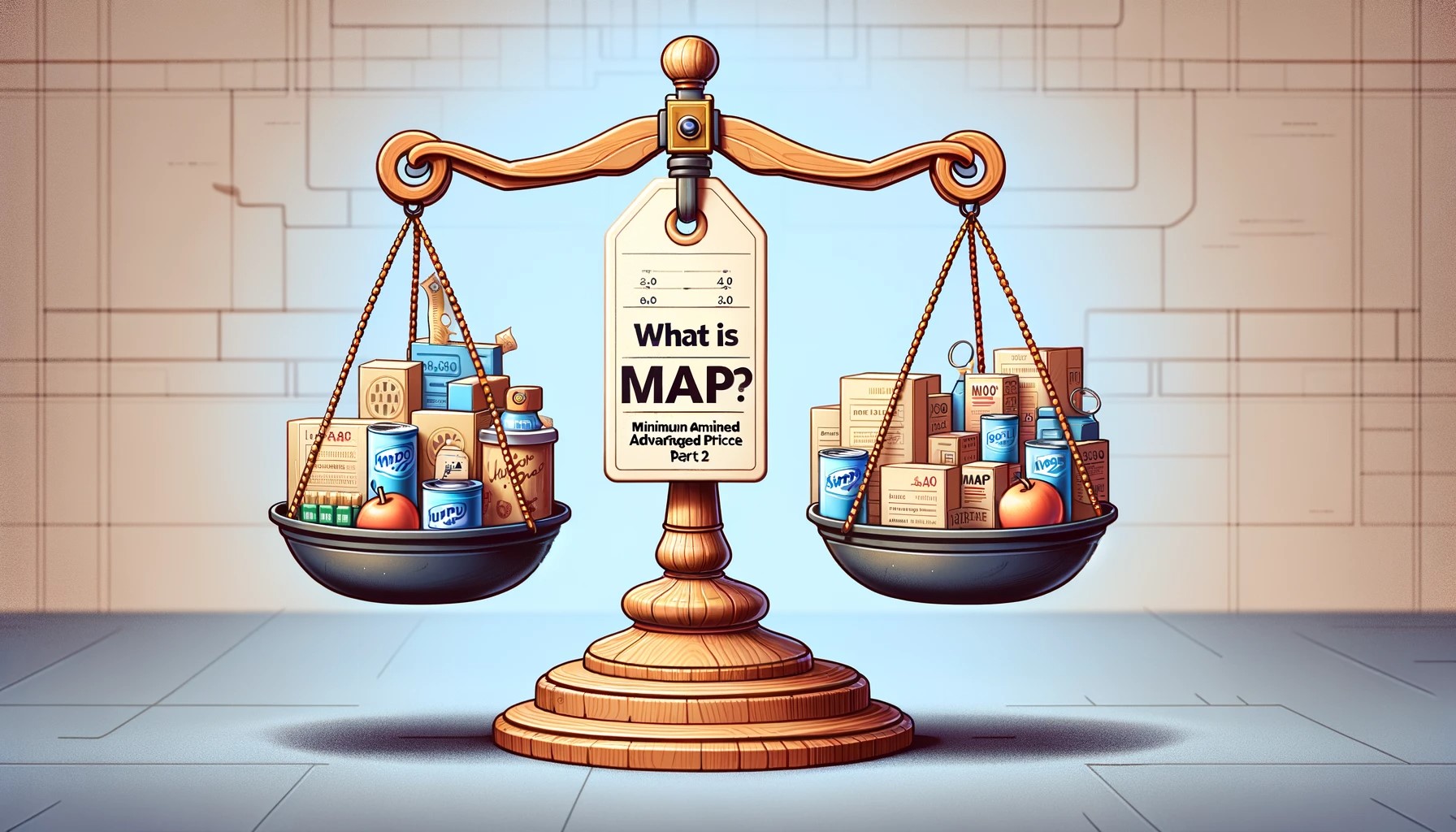
What is MAP? part 2
What is MAP? part 2
Quick refresher for anyone landing on this page first. MAP is the minimum advertised price (MAP) a retailer can use when advertising said product on its website. A MAP policy is a tool that Brand’s use to help protect their brand, reduce channel conflict, and reduce price erosion. Retailers and Sellers will frequently break MAP to attract buyers by having the lowest price.
Is it a good idea to have a 3rd Party enforce your minimum advertised price policy?
Using a 3rd party MAP Monitoring software to monitor and notify you that a seller is violating your MAP policy is a terrific idea! Granted we are a non-neutral party so to list out a few of the positives here are:
- Scale, broad - it’s easy to look at five products a day on one or two retailers. It's impossible to manually do that daily for 75 products from 10 retailers.
- Scale, deep - similarly it's doable but cumbersome to do 50 products a day on one retailer. It’s impossible to manually do 750 products a day.
- Costs - it's significantly cheaper to automatically monitor MAP with a price scraping solution vs having someone manually do it.
- Accuracy - automated price scraping is more reliable and will increase the fidelity of your MAP data.
- Off-hours eyes - retailers, sellers, gray market sellers, they are savvy and set automatic repricing routines in place when they assume a brand is not “looking”.
- Efficiency / Effectiveness - instead of spending time aggregating data a brand can focus on where it counts, gaining compliance.
But with all that, is it a good idea to outsource MAP enforcement to a 3rd party? We don’t think so. We’ve worked with hundreds of customers and one thing has rung true across all of them.
– Automated 3rd Party MAP Enforcement Does Not Work –
All that it does is add channel conflict, and channel conflict is one of the major problems a brand is hoping to avoid.
What happens if a brand implements a MAP policy but does not monitor for MAP compliance?
If a brand implements a MAP policy but fails to monitor for compliance, it may lead to various negative consequences. By not monitoring the pricing practices of its resellers, a brand may inadvertently allow price erosion, which can harm its brand equity and profit margins. It can also cause price wars and negatively affect the reseller network, leading to mistrust and dissatisfaction among the brand’s partners. Moreover, such a failure to enforce the MAP policy can create confusion among the consumers, who may perceive the brand as unreliable and inconsistent. It is crucial for brands to establish a MAP monitoring system to ensure compliance and protect their interests. This involves continuous monitoring of various sales channels, including online marketplaces and brick-and-mortar stores, and taking prompt action against violators. By doing so, brands can maintain control over their pricing and safeguard their reputation in the market.
Why gray market sellers choose to sell on Amazon and how it impacts a brand’s MAP compliance.
Gray market sellers choose to sell on Amazon because it is a popular and widely-used platform that by association provides them with access to a large customer base and instant credibility they otherwise would not have. Amazon's Marketplace allows third-party sellers to list their products alongside those of authorized retailers, and it can be difficult for brands and customers to differentiate between authorized and unauthorized sellers. As a result, gray market sellers can often operate undetected on the platform.
The presence of gray market sellers on Amazon can have a significant impact on a brand's MAP compliance. Gray market sellers often offer products at prices lower than the MAP, which can lead to price erosion and harm a brand's profitability and reputation. Moreover, such sellers can undercut authorized resellers and create confusion among the consumers, who may perceive the brand as inconsistent and unreliable.
Enforcing MAP policies on Amazon can be challenging for brands, as it requires constant monitoring of the platform and prompt action against violators. Brands can work with Amazon to identify unauthorized sellers and take steps to remove them from the platform. Additionally, some brands may choose to limit the number of authorized sellers or require them to adhere to specific guidelines to maintain MAP compliance. Ultimately, maintaining MAP compliance on Amazon requires vigilance and proactive measures to protect a brand's reputation and profitability.
... To be continued ...
